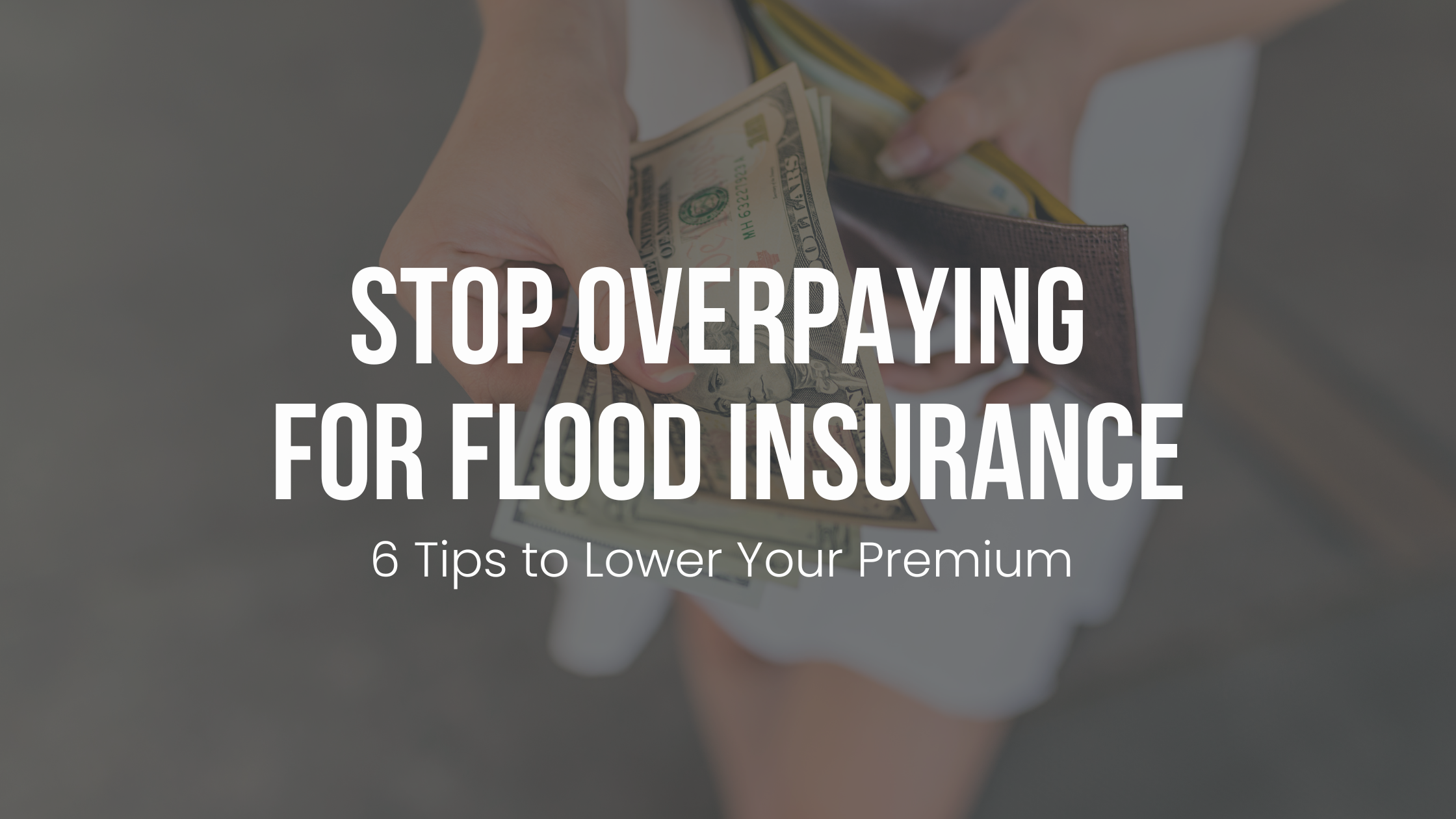
Flood insurance is an important protection that can help homeowners and businesses recover from the financial impact of flooding. However, premiums for flood insurance can be costly, especially for those living in high-risk flood zones. Here are some tips to help lower your flood insurance premium.
Understand your flood risk
The first step in lowering your flood insurance premium is to understand your flood risk. You can do this by checking your property’s flood zone designation on the FEMA Flood Map Service Center website. If you are in a high-risk flood zone, your premium will be higher than if you are in a low or moderate-risk zone.
Mitigate your flood risk
One of the best ways to lower your flood insurance premium is to reduce your flood risk. This can be done by taking steps to mitigate the risk of flood damage. For example, you can elevate your home above the flood level, install flood vents, or create a flood-resistant barrier around your property. These improvements may qualify you for lower rates through the National Flood Insurance Program’s (NFIP) Community Rating System (CRS).
Purchase only the coverage you need
Another way to lower your flood insurance premium is to purchase only the coverage you need. The NFIP offers both building and contents coverage. If you have a low-value property or do not have many valuable possessions, you may be able to lower your premium by opting for a lower coverage limit.
Shop around
Just like with any other insurance policy, it pays to shop around for flood insurance. Rates and coverage options can vary widely between insurers, so it’s important to get quotes from several different companies to find the best deal. Keep in mind that private flood insurance may be available in your area and could offer more competitive rates than the NFIP.
Consider a higher deductible
Increasing your deductible can be an effective way to lower your flood insurance premium. However, you should only do this if you can afford to pay the higher deductible in the event of a flood. A higher deductible means that you will be responsible for more of the repair costs before your insurance coverage kicks in.
Keep your policy up to date
It’s important to keep your flood insurance policy up to date to ensure that you have the coverage you need. Make sure that you renew your policy on time and keep your insurance company informed of any changes to your property or circumstances that could affect your coverage.
In conclusion, flood insurance is an important protection that can help you recover from the financial impact of flooding. By understanding your flood risk, mitigating your risk, purchasing only the coverage you need, shopping around, considering a higher deductible, and keeping your policy up to date, you can lower your flood insurance premium and ensure that you have the coverage you need at an affordable price.
About The Author
Deena Gallo is an experienced author and speaker in insurance and financial planning with a B. A. in Literature, Digital Marketing, and Education, focusing on educating homeowners and business owners about flood insurance and the National Flood Insurance Program (NFIP). She has developed a deep understanding of communication and storytelling, using this to her advantage in her work. Her background in Education enables her to create engaging content that is easy to understand and learn. Deena Gallo is recognized as a vital thought leader in the insurance industry, where she provides expert insights and educates businesses and individuals on flood insurance and related topics.